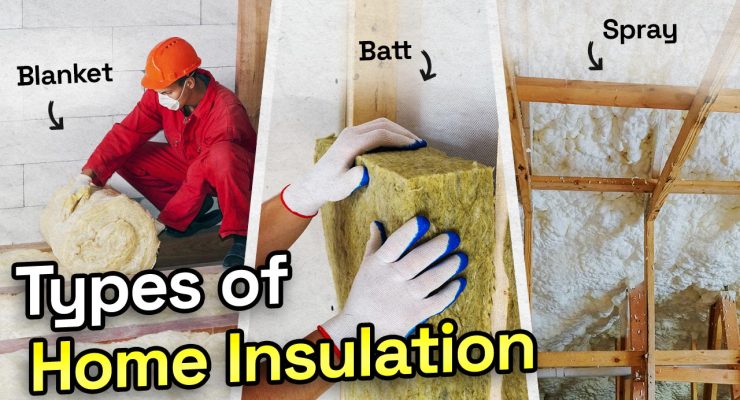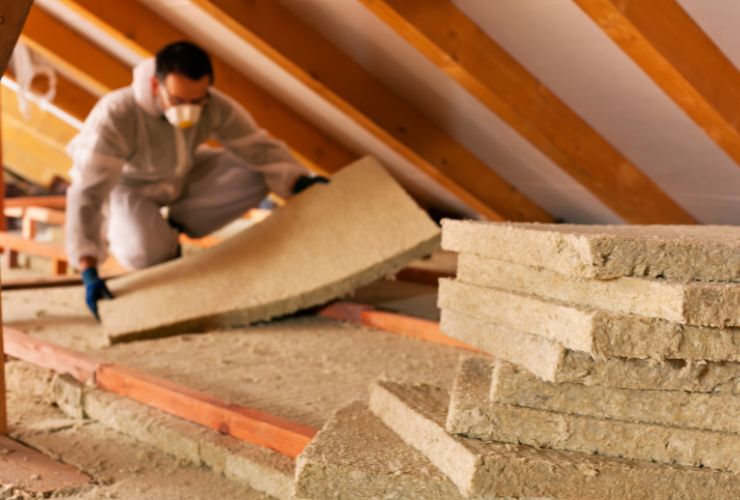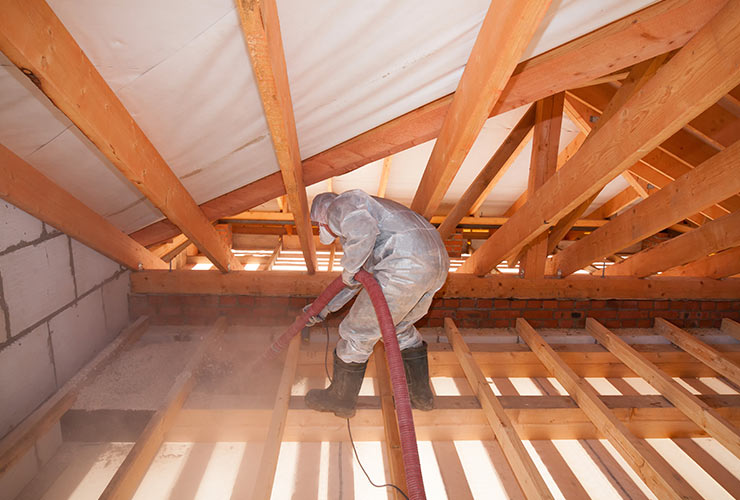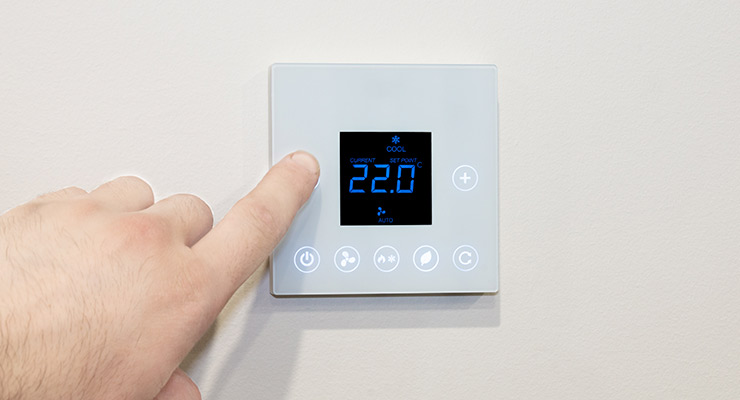
Fast read
Home insulation comes in various forms, such as reflective insulation, insulation batts, spray insulation, and loose-fill insulation. Aluminium foil is used in reflective insulation, which deflects heat from the home.
Fibreglass or cellulose are common materials used to make batt insulation. These traps heat in tiny air bubbles. Spray insulation is applied with specialised machinery and is made of plastic or polyurethane foam.
Attics or walls are filled with loose-fill insulation made of materials like cellulose, fibreglass, or rock wool. Insulation batts are pre-cut insulation pieces available in various materials, including fibreglass and rock wool.
Each form of insulation has unique advantages and might be better suited for particular areas of the house or in specific regions. When selecting insulation, it's crucial to consider the R-value, or thermal resistance, along with the expense and environmental impact.
What are the different types of home insulation available?
Insulation is a key ingredient to generating an energy-efficient home. When insulating your house, you have numerous alternatives to select from. Consider the advantages and disadvantages of every form of insulation, along with their variable environmental benefits.
The various types of insulation
Reflective insulation, batt insulation, spray insulation, loose-fill insulation, and insulation batts are the most common forms of insulation. However, you may still want to be aware of some more niche types of insulation.
1. Blanket insulation
The most popular form of insulation used in homes is blanket insulation, especially roof blanket insulation. The material most commonly used is fibreglass wool. This is created from recycled bottles and has a high environmental rating.
Fibreglass wool insulation is one of the simplest and most cost-effective materials to install. However, you must take care when installing to avoid creating gaps, as they will reduce the R-rating of the installation.
2. Reflective insulation
As the name suggests, reflective foil insulation can resist radiant heat flow due to its high reflectivity. However, its insulation properties rely on an air layer with a minimum thickness of at least 25mm.
Also important to note is that this insulation’s thermal resistance depends on the direction of heat flow. Reflective insulation is a popular option. Reflective insulation foil works by reflecting heat away from the house.
Some reflective insulations include a honeycomb core to reduce heat absorption within the insulation. As well as allow airflow to travel through the insulation. Installing reflective insulation is better undertaken by an expert, as the material needs specific installation criteria to be as effective as possible.
3. Batt insulation
Batt and roll insulation is often made out of fibreglass or cellulose, also known as insulation batts. This material keeps heat from entering the home by trapping it in small air pockets. A specific aspect of batt insulation is that it has an ‘R’ rating. This shows you how effective the insulation is.
For batt insulation, the greater the R-value, the better. It ranges from 1 to 5, with 5 being the most costly but unquestionably effective overall.

4. Spray insulation
This insulation type is made up of polyurethane foam or plastic. The mixture is usually easy to adjust for different customer needs. Another reason this insulation is popular is because it can make the building stronger.
Spray insulation requires the use of specialised equipment. Therefore, hiring a professional is essential to apply this type of insulation.
Spray foam insulation is another popular option that operates similarly to liquid foam. By being poured or injected into wall cavities, making it highly adaptable. Spray foam insulation is installed using a foaming agent and expands and solidifies as the combination dries. Slow-curing foams on the market will flow past any blockages inside the wall cavity before hardening.
5. Loose fill insulation
Loose fill insulation is famous for ceiling insulation. This is because it can fit into any space and shape without adding much pressure to the structure. It also is relatively light. In addition, air pockets are present, which increases insulation effectiveness.
Homeowners typically use this insulation to insulate an existing closed wall or in the attic. Blowing loose fill insulation into existing closed walls is considered the most practical and cost-saving method.
People use different materials like wool, cellulose, fibreglass, and rockwool to make it, with cellulose being the most common. Cellulose insulation has a thick and dense consistency, similar to feathers. The main benefit of using this insulation is that it can fit in enclosed spaces.
6. Structural insulated panels
Structural insulated panels are prefabricated panels that may be used to construct walls, roofs, and floors. When compared to traditional approaches, they provide superior insulation.
They are typically composed of 4 to 8-inch thick panels. A structural insulated panel would be a suitable option in an area such as a construction property.
7. Insulation boards
Commercially available insulation boards are typically used under floors and on some walls. Modern concrete slaps regularly use these boards to insulate the slab against the elements. Many commercially available insulation boards have a high R rating, making them efficient and effective.
This type of insulation is also resistant to moisture. This makes it a great choice of insulation whenever and wherever there is the chance that the insulation could get wet. Examples include; inside a basement, the exterior of the house, under render, and the exterior foundations. However, it costs more than regular insulation, so it’s best for areas where moisture is important.
Rigid foam board insulations is a form of insulation used to support weight, such as under a floor or in lofts. Rigid foam boards are strong and long-lasting. They also help reduce noise from passing through walls or floors in apartments by providing acoustic insulation.
8. Wool insulation
Sheep’s wool provides a unique insulation product that people can use for various insulating applications. People commonly find it between roof beams, under floors, and solid walls. Furthermore, people often use it in loose-fill applications.
Wool insulation lasts over 50 years and manufacturers treat it to resist fire and bugs before installation.
9. Rockwool insulation
Rockwool insulation is denser than fibreglass insulation, making it suitable for fitting into small spaces that require compression. Also known as mineral wool, is available in rolls of varied thicknesses and widths and batts. Because it is resistant to heat and fire, rock mineral wool is an excellent fire protection precaution.



